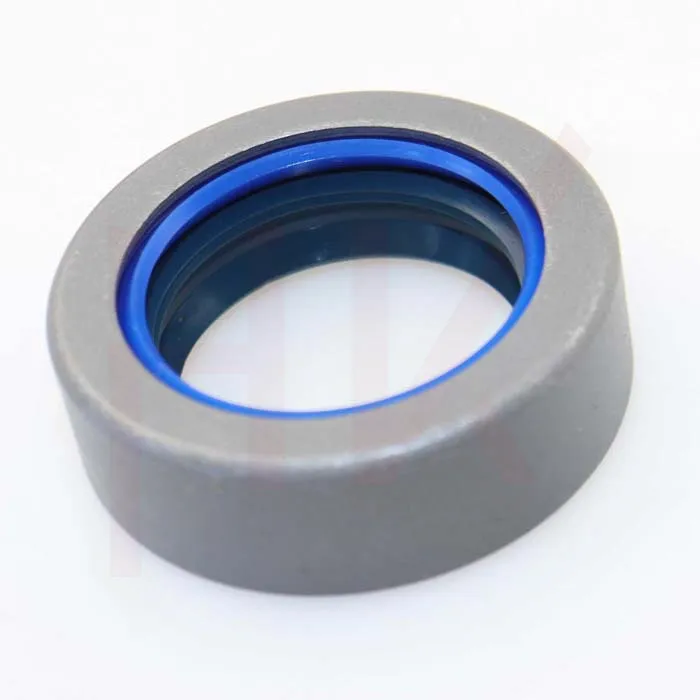dec . 16, 2024 18:03 Back to list
Selecting Hub Seals Based on Their Size for Optimal Performance and Fit
Understanding Hub Seals by Size A Comprehensive Guide
In the world of manufacturing and mechanical engineering, hub seals play a crucial role in maintaining the integrity and performance of various machinery and vehicles. Hub seals are designed to prevent contamination and leakage of fluids, thereby ensuring that components such as bearings and gear assemblies operate smoothly and efficiently. Understanding hub seals by size is essential for selecting the appropriate seal for specific applications, leading to enhanced performance and longevity of the equipment.
What Are Hub Seals?
Hub seals, often referred to as bearing seals or axle seals, are essential components that protect the internal parts of machinery from dirt, dust, water, and other contaminants. They come in various types, including oil seals, grease seals, and radial shaft seals. Their primary purpose is to contain lubricants while keeping harmful environmental factors at bay. This containment is crucial because any contamination can lead to increased wear and tear, ultimately causing machinery to fail prematurely.
Importance of Size in Hub Seals
The size of a hub seal is one of the most critical factors to consider when selecting the right seal for an application. A seal that is too large may not fit correctly, allowing contaminants to enter and lubricants to leak out. Conversely, a seal that is too small will not provide adequate coverage and protection, leading to potential failure. Therefore, accurate measurement and understanding the required dimensions are paramount.
1. Diameter The most important measurement for a hub seal is its diameter. This can be divided into two primary figures the inner diameter (ID) and the outer diameter (OD). The ID must match the diameter of the shaft or housing it is designed for, while the OD needs to fit snugly within the housing or bore to create an effective seal.
2. Width The width of the seal is another essential dimension, impacting its sealing capability and compatibility with the application. A properly sized width ensures that the seal contacts the surfaces it is meant to protect adequately.
3. Thickness The thickness of a hub seal can also vary, and this can impact installation and functionality. A thicker seal may offer greater durability, but it must still fit within the designated space without adding excess friction or resistance.
Selecting the Right Hub Seal Size
When selecting a hub seal, several factors should be taken into account
hub seals by size

- Application Requirements Different applications will have varying requirements regarding temperature, pressure, and exposure to contaminants. Understanding these factors will guide you in choosing a seal that can withstand the operating conditions.
- Material Hub seals are made from a variety of materials, including rubber, silicone, and polyurethane. The choice of material can affect the seal's performance, particularly at higher temperatures or in corrosive environments.
- Tolerance It’s crucial to consider the tolerance levels of the application. A tight tolerance may require a specific size seal to ensure that there is no play between the seal and the components it’s protecting.
Measuring for Hub Seals
To accurately measure for hub seals, you will need a set of calipers or a micrometer. Here’s a simple step-by-step guide
1. Measure the Shaft or Bore Determine the inner diameter by measuring the shaft size or the dimension of the bore where the seal will sit.
2. Determine the Depth Measure how deep the seal will need to sit in the housing or bore to select a seal that will fit properly.
3. Consult Manufacturer Specifications Reference specifications provided by manufacturers to guarantee the correct size and type of seal for your application.
Conclusion
In summary, understanding hub seals by size is vital for ensuring the efficiency and longevity of machinery and vehicles. Selecting the appropriate seal involves considering not only the dimensions but also the material and specific application requirements. By taking accurate measurements and consulting relevant specifications, one can make informed choices that will lead to better performance and reduced maintenance costs in the long run. With the right hub seal in place, you can enhance the reliability and lifespan of your equipment significantly, ultimately contributing to overall operational efficiency.
-
TCN Oil Seal Metal Ring Reinforcement for Heavy Machinery
NewsJul.25,2025
-
Rotary Lip Seal Spring-Loaded Design for High-Speed Applications
NewsJul.25,2025
-
Hydraulic Cylinder Seals Polyurethane Material for High-Impact Jobs
NewsJul.25,2025
-
High Pressure Oil Seal Polyurethane Coating Wear Resistance
NewsJul.25,2025
-
Dust Proof Seal Double Lip Design for Construction Equipment
NewsJul.25,2025
-
Hub Seal Polyurethane Wear Resistance in Agricultural Vehicles
NewsJul.25,2025
-
The Trans-formative Journey of Wheel Hub Oil Seals
NewsJun.06,2025
Products categories
















